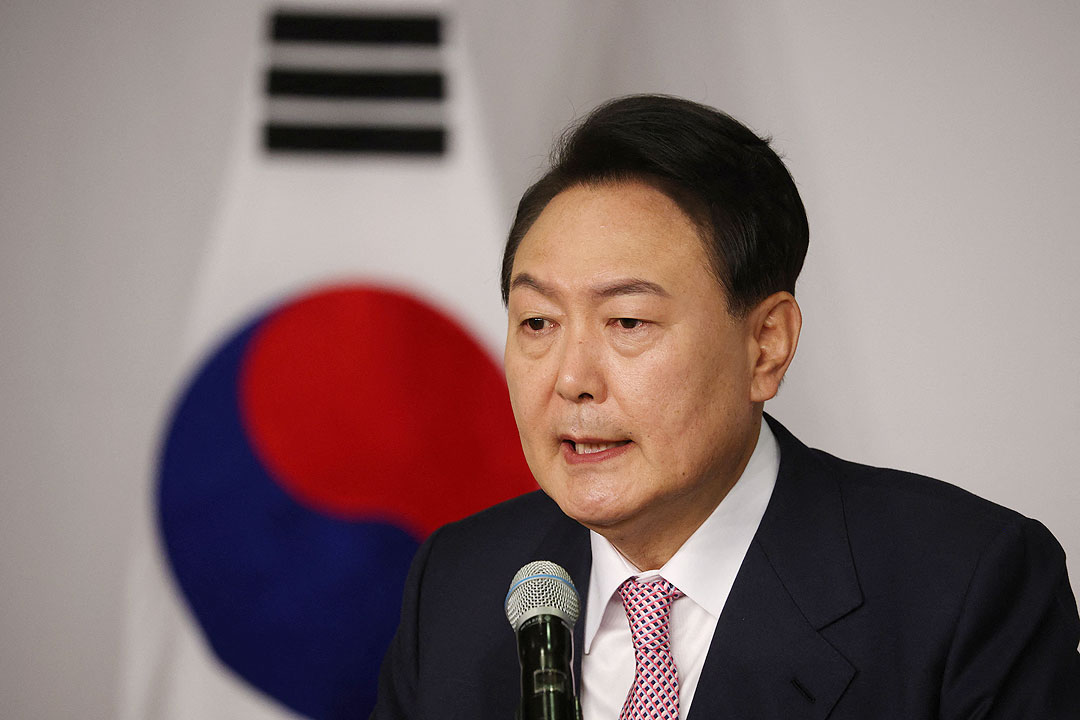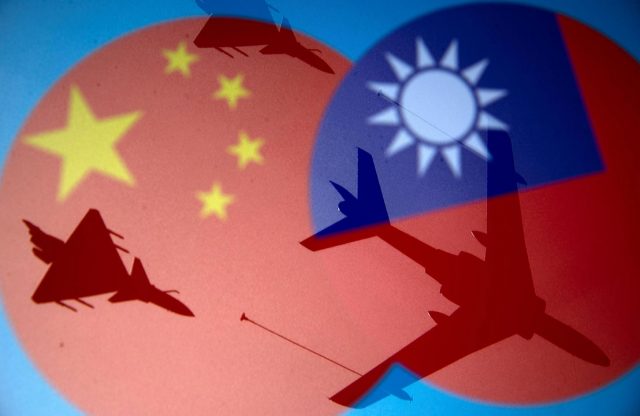Various learning tools, free training make platform a good starting point for new traders
Investing and trading in equities, currencies, or commodities can be a good additional source of income, as long as it is done right. For some, however, the apparent complexities of trading might be overwhelming, and so they seemingly hesitate to get started.
Binomo, a global online trading platform, aims to make it more convenient for Filipinos to begin trading and maximize its potential for earning additional income.
Already prevalent in over 130 countries, Binomo is now aiming to serve Filipino traders across different levels, especially beginners, through its platform that houses various trading instruments, coupled with accessible training.
“It is an intelligent trading platform with a friendly and straightforward interface that cares about the interests of its users,” David Clark, APAC Managing Director of Binomo, said in an interview.
Accessible either via desktop or the Binomo app, the platform has a modern and intuitive interface, where a variety of trading tools can be availed.
Binomo also offers free trading training for new users, which includes a section on turn-by-turn strategies, plus an economic calendar.
New users can enter Binomo with a deposit of as low as $10, with the opening of trade starting from $1. Binomo also guarantees no fees for trading, depositing, or withdrawing funds.
Cooperating with reliable payment systems, including local ones, Binomo ensures that deposits and withdrawals are securely and authentically done.
Secure trading and transactions are assured in Binomo, with its automatic verification service, which helps protect accounts from fraudsters in a matter of minutes, as well as partnerships with reliable international regulators.
“Since 2018, it has been a member of the independent Financial Commission, which acts as a third party in dispute resolution. And the fact that Binomo is not a scam is confirmed by a certificate by Verify My Trade. Binomo voluntarily undergoes an audit of 5,000 trades made in the last month, proving their quality,” Mr. Clark added.
Using Fixed Time Trading (FTT), a modern trading mechanic due to its clarity and availability, Binomo allows users to trade from one to 60 minutes.
“You choose an asset, set the amount of the trade, the time it ends, forecast the rise or fall in the asset’s price, and wait. The forecast is correct, you get up to 85-90% of the trade amount; incorrect, you lose your investment,” Mr. Clark explained.
“Thanks to FTT, traders can get additional income from the slightest changes in the price of an asset and, of course, with the correct forecast,” he noted.
While Binomo is suitable for both beginners and experienced traders, the platform gives special attention to newcomers, helping them get a full grasp of essential knowledge and skills they need in FTT and trading in general.
“The platform provides an opportunity to learn trading and financial analysis, thanks to detailed educational materials: video tutorials, pop-up tips, step-by-step strategies, a detailed glossary, a demo account, and tournaments. These tools will help users improve financial literacy and learn how to forecast to get additional income ultimately,” Mr. Clark explained.
New users get a demo account once they sign up, with which they can explore the platform, test strategies, and hone their skills. “It is an essential element that will help you get acquainted with trading and understand how the market works on real charts in a controlled environment,” he stressed.
Binomo also has a Help Center in the online platform, where users can quickly find answers to frequently asked questions on how Binomo works.
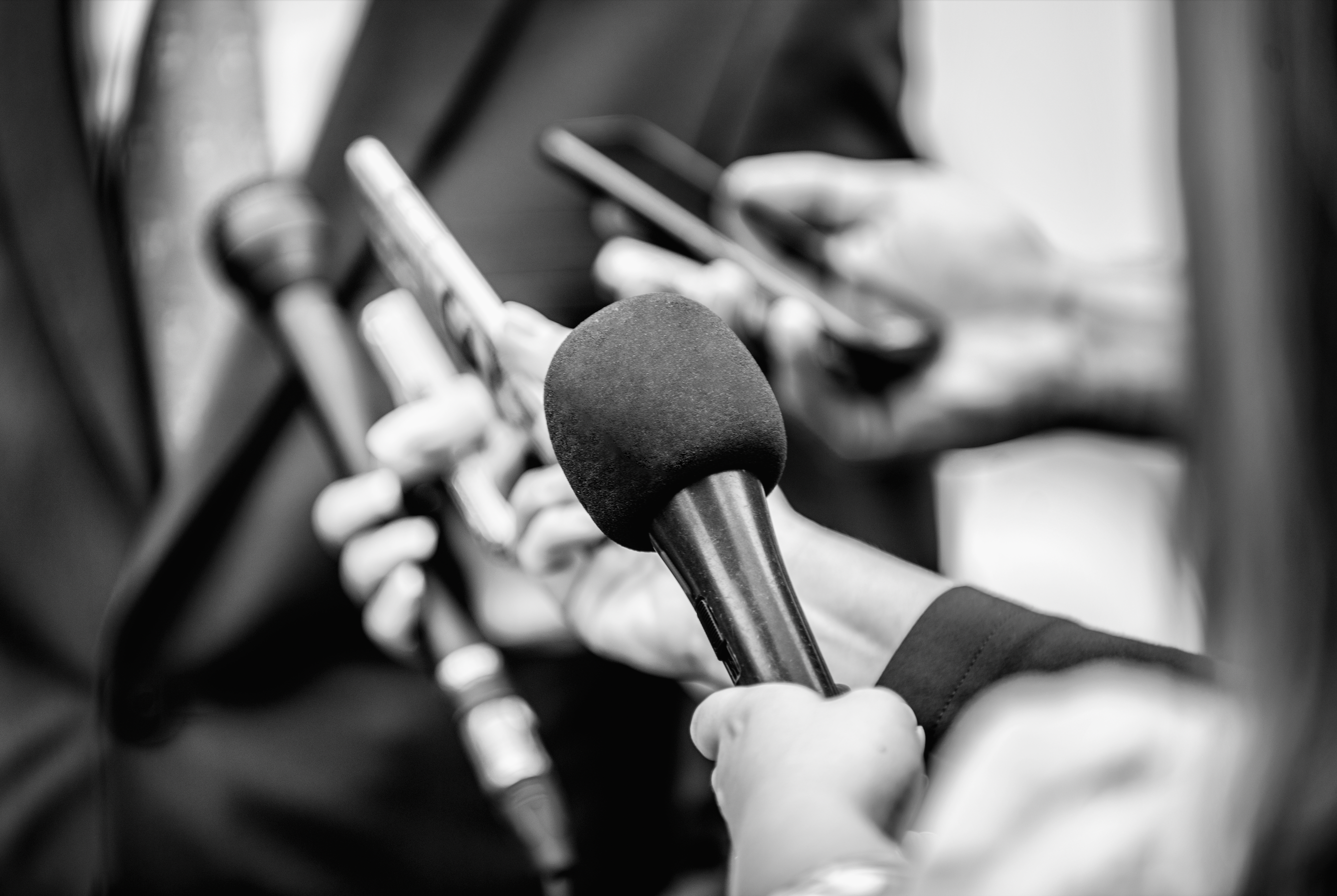
With all these perks up for grabs by new users in Binomo, Mr. Clark encourages them to maximize these tools. “Study the available tools and charts in detail, do not hesitate to ask questions in support if something is not clear to you. The more you immerse yourself in a topic, the lower the risk of incorrect forecasts,” he advised.
Binomo also offers many benefits to experienced traders, namely: over 40 trading assets, numerous easy-to-customize chart analysis tools, special paid tournaments with high prize pool; as well as a VIP account for more productive trading.
“VIP status is suitable for traders who know how to turn the market situation in their favor and get the maximum result from their investments,” Mr. Clark said.
“It is VIP clients who get the maximum benefits for trading: more than 70 assets; a personal manager, insurance, the possibility of concluding risk-free trades, up to 200% deposit bonuses, VIP tournaments, quick withdrawals, and much more,” he added.
Start trading with Binomo and get a free training and demo account by going to https://binomo.com/ or downloading the Binomo app for iOS or Android.
Disclaimer: Binomo offers features that make online trading convenient. However, trading is a high-risk endeavor, and anyone can lose all of their invested cash.
Spotlight is BusinessWorld’s sponsored section that allows advertisers to amplify their brand and connect with BusinessWorld’s audience by enabling them to publish their stories directly on the BusinessWorld Web site. For more information, send an email to online@bworldonline.com.
Join us on Viber to get more updates from BusinessWorld: https://bit.ly/3hv6bLA.






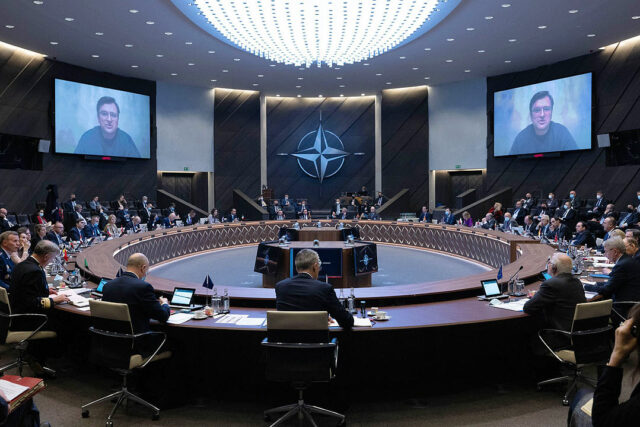

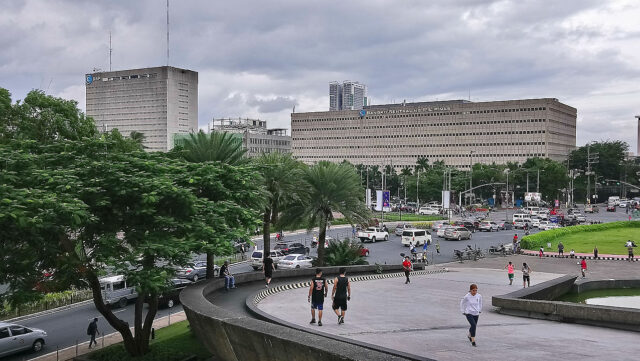
![Vector_2646-[Converted]-01](https://www.bworldonline.com/wp-content/uploads/2022/03/Vector_2646-Converted-01-640x427.jpg)


